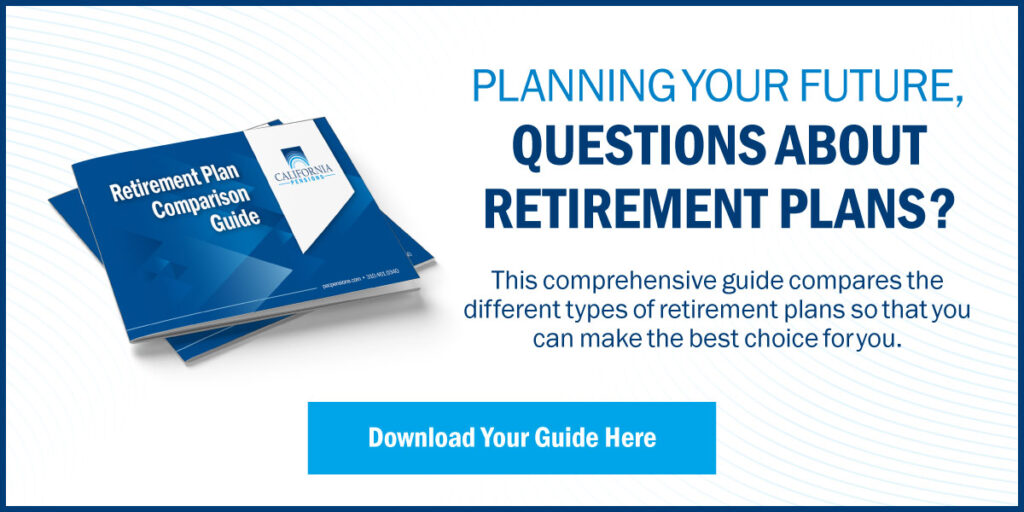It’s that time of the year again – 401(k) nondiscrimination testing. When it comes to performing these annual tests, there is a lot to know and understand in order to stay compliant.
Learn how to Save more for Retirement – Check out our Infographic
Nondiscrimination testing is required to ensure that the 401(k) retirement plan benefits all of the employees and not just the owners or highly paid employees. If a 401(k) plan fails the tests then and the company does not take corrective action, then the company could face penalties or the possibility of the plan being disqualified.
In this blog, we will be discussing the major nondiscrimination tests, their purpose and how to correct if you do not get a passing grade.
The Main 401(k) Nondiscrimination Tests
IRC § 410(b) Coverage Test
- The 410(b) coverage test is performed to ensure that the 401(k) benefitted enough non-highly compensated employees (NHCEs) throughout the year. To pass this test, each contribution must satisfy either the ratio percentage or average benefit test. The ratio percentage test is the most common and is calculated by:
- Number of benefitting NHCEs / # of eligible NHCEs) / (Number of benefitting Highly Compensated Employees (HCEs) / # of eligible HCEs)
- To pass the ratio percentage test, the percentage must be greater than or equal to 70%
- If an employer does not pass the coverage test, the 401(k) plan will adopt a corrective amendment over the course of 9 months to expand plan coverage.
415 Limits Testing
- 415 limits testing is performed annually to determine if the retirement plan participants are within guidelines. 415 limits the employer-provided benefits participants can accrue in defined benefit plans as well as the amounts that can be contributed to defined contribution plans. The code specifies the annual additions that each employee is allocated during a limitation or calendar year. Annual additions include employee deferral contributions, employer matching contributions, employer discretionary profit sharing contributions, and forfeitures allocated to participants account.
- If the plan does not pass the 415 limits test, then the tax-qualified status of your plan may be jeopardized. However, the results and required actions will be provided after testing.
Actual Deferral Percentage (ADP) Test
- According to the IRS, this annual test “compares the average salary deferrals of highly compensated employees to that of non-highly compensated employees. Each employee’s deferral percentage is the percentage of compensation that has been deferred to the 401(k) plan.” The ADP is calculated by dividing an employee’s deferrals by their total income.
- To pass the ADP test, the percentage of the HCE cannot exceed 125% of the NHCEs ADP or the lesser of the NHCE group ADP plus 2%.
- If an employer does not pass the ADP test, the most common correction method is refunding the contributions that were made to the HCEs. Refunds should be processed by March 15 to avoid penalties. The final deadline for refunds is December 31. The plan can also make corrective contributions to NHCE to change the percentages.
Actual Contribution Percentage (ACP) Test
- Actual Contribution Percentage tests are performed to demonstrate the rate of matching and voluntary after-tax contributions made to HCEs during the year did not exceed the non-HCE rate. The calculations and correction processes are the same as the ADP tests.

NDTs are designed to ensure everyone in the organization benefits from the retirement plan!
New Comparability (IRC §401(a)(4) General Nondiscrimination Test)
- In order to have a new comparability plan, the 401(k) plan must pass the general test. The 401(b) (4) general test will demonstrate that the new comparability plan does not favor HCEs by more than the permitted amount. The new comparability testing will convert the participant’s contribution rates to their benefit rate at retirement, which typically around age 65. For example, the plan can make an employer non-elective contribution on behalf of an NHCE of only 5% of compensation while still being able to contribute a greater percentage to HCE participants.
- While this test rarely fails, if an employer is not making the correct contributions, they can simply increase the NHCE contribution rates until the test passes.
Top-Heavy Testing
- A top-heavy nondiscrimination test focuses on key employees in the organization. A key employee is someone who makes over $185,000, owns more than 5% of the business, or owns more than 1% of the business and also makes over $150,000. A top-heavy test will assess the value of the assets to ensure that the key employees do not own more than 60% of the assets in the employer’s 401(k).
- To correct the top-heavy plan, the employer will make a corrective contribution to employees who received insufficient allocations.
Safe Harbor Provisions Provide Automatic Passage of Many Tests
401(k) nondiscrimination testing is a lot of work and can be difficult to keep all of your ducks in a row. If you find yourself looking to bypass ADP and ACP tests, then a safe harbor plan might be right for you. If you find the plan fails the ADP and ACP tests, or Top Heavy testing year after year, then a safe harbor option might be best for you. A safe harbor plan is designed to alleviate nondiscrimination testing and ensures that your plan passes each year regardless of your employee’s contribution rates.
In the end, passing nondiscrimination tests are essential for your 401(k) retirement plans. Regardless of your plan type, ensuring that you are staying compliant should be top of mind. If you have any questions about nondiscrimination testing, we are here to help.





